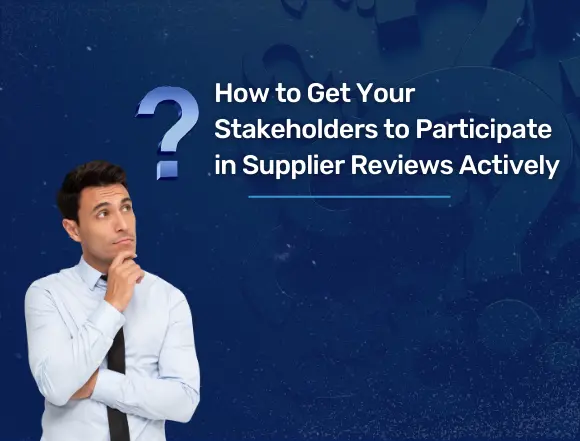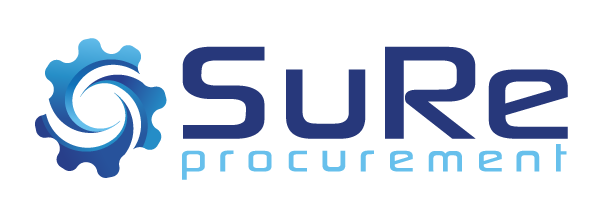How to Get Your Stakeholders to Participate in Supplier Reviews Actively

How to Get Your Stakeholders to Participate in Supplier Reviews Actively
Procurement professionals raise a shared concern about the lack of stakeholders’ involvement in supplier reviews. Often, stakeholders express their dissatisfaction with specific suppliers. However, stakeholders seldom document these comments. Supplier reviews are either performed within the Procurement team only or not done at all.
To get suppliers to improve their performance and provide what matters to the business, you need to obtain the insights of the stakeholders that work closely with suppliers. They must be more involved from the beginning of the Supplier Review process.
Here are the recommended steps for conducting a Supplier Review that is highly participated in by stakeholders:
1. Set your objectives for conducting a Supplier Review. You may choose from one of the following:
- Conduct a review of the expiring contracts
- Conduct a review of the top 10 strategic suppliers
- Conduct a review of potential contract deviations
- Conduct a review of the high-risk suppliers
- Conduct a review of the category with the most receptive stakeholders
2. Identify potential reviewers. You may select one of these groups of stakeholders:
- Get the receptive ones.
Think about those who understand the value procurement can provide or whom your team has recently supported on a successful project.
- Get the stakeholders that are involved in the set objective above.
Take your most critical suppliers and consider whom they work with at your company.
3. Develop the KPI/metric with the identified reviewers
- Conduct a workshop. This activity will allow you to obtain insights from your stakeholders and help you decide on performance measures. Ensure that you include the following:
A facilitator: This person should create the agenda for the session, keep the group’s attention concentrated on its goals and drive decision-making.
An administrator: This person should handle the logistics, like setting up the meetings and taking and distributing notes.
An executive sponsor: This person’s presence will encourage others to attend. Sponsors can also help ensure that performance criteria are relevant to overarching business objectives.
- Determine your metrics
You may choose from the list below. Choose three to five key performance indicators (KPIs): only what’s essential and within your organization’s control. Make sure to select a mix of quantitative and qualitative measures.
| Metrics | KPI |
| Cost | Price competitiveness Cost transparency Savings opportunities Cost management |
| Customer Satisfaction | Positive feedback from stakeholders No incidents raised Problem resolution Availability of support Responsiveness |
| Quality | Technical expertise Service guarantee Exceeding expectations |
| Corporate Social Responsibility | Modern Slavery Carbon Zero Indigenous Procurement Plan |
| Partnership | Understanding of our business Provision of innovative solutions Continuous improvement |
| Risk | Adherence to workplace policy Information security Financial stability Privacy policy |
| Ease of doing business | Invoicing Reporting Account management Adherence to technology transition |
4. Share the outcome with the other stakeholders.
- Conduct presentations and ask one of the stakeholders from the first workshop to speak
- Collect feedback from workshop attendees and share it with non-participative stakeholders
- Share results of completed reviews highlighting success stories
This resource consists of a best-in-class supplier review process that helps procurement leaders and staff evaluate supplier performance based on relevant metrics and KPIs.
If you need an easy-to-use, intuitive tool with the best-in-class Supplier Review functionality, please get in touch with us today.
Reference:
Kranish J. 2019, Supplier Scorecards: How to Persuade Stakeholders to Do their Part,Gartner, viewed 29 July 2022, < https://www.gartner.com/en/documents/3953713/>.

